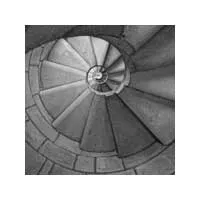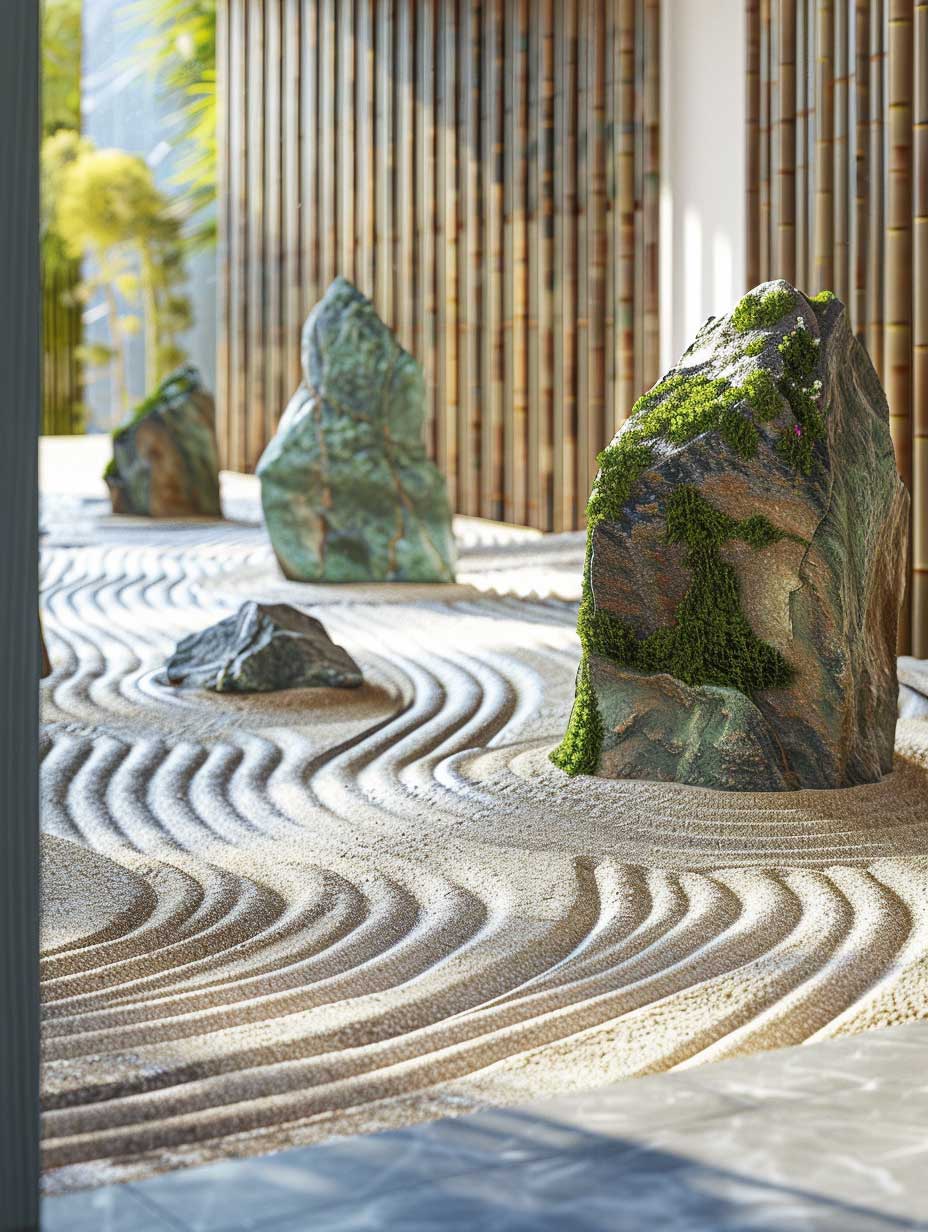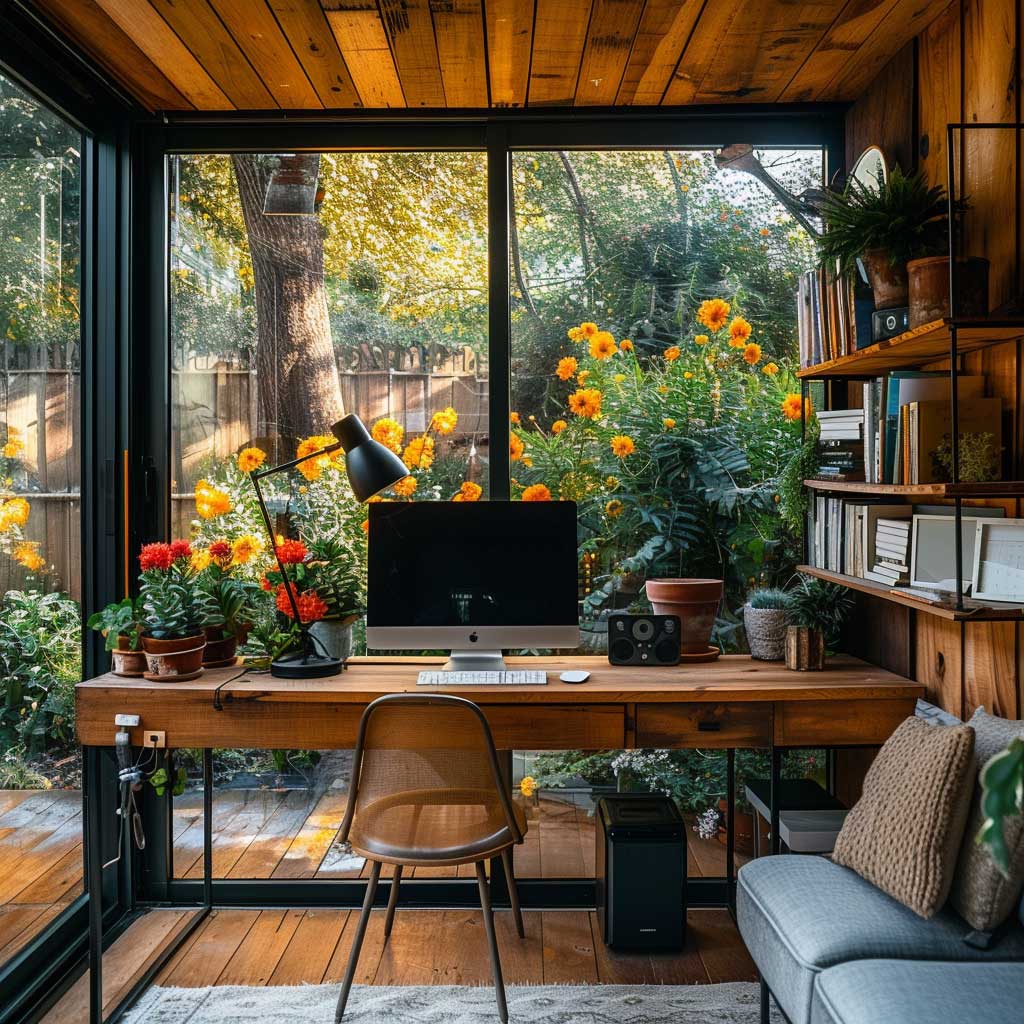Content
In the realm of modern homes, the extension of style and innovation to outdoor spaces has become a pivotal aspect of design. Contemporary garden designs offer a seamless blend of functionality and aesthetics, transforming gardens into sophisticated yet inviting retreats. These designs harmonize with the sleek lines and minimalist themes of modern architecture, incorporating elements like geometric layouts, sustainable materials, and innovative lighting to create spaces that are not only beautiful but also environmentally conscious. The focus is on creating gardens that reflect the contemporary lifestyle, emphasizing ease, sustainability, and the integration of indoor and outdoor living.
Sleek Minimalist Garden with Sculptural Plants
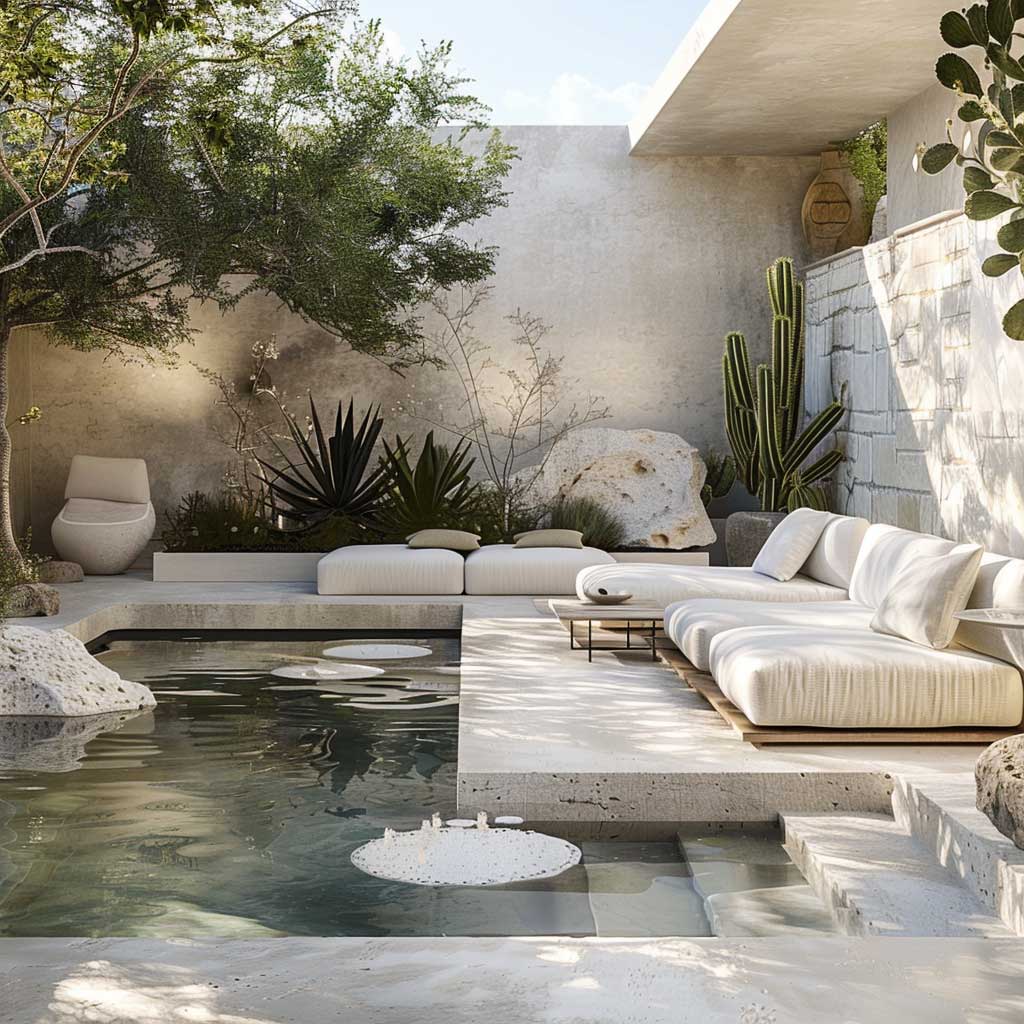

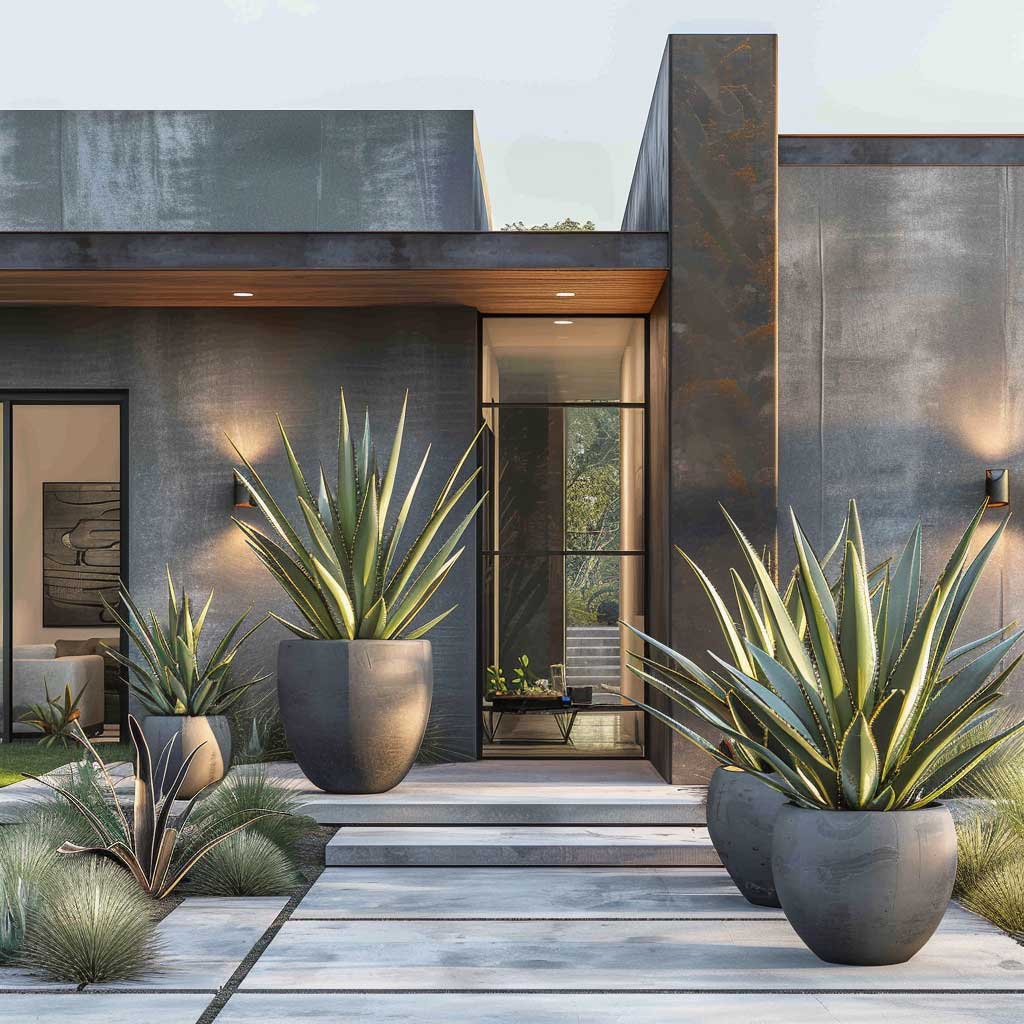





In the world of contemporary garden design, minimalism stands out for its emphasis on simplicity, clean lines, and a restrained palette that prioritizes space and form over color and variety. This approach to garden design focuses on creating a tranquil and serene outdoor space that complements the sleek aesthetics of modern homes. The use of sculptural plants in these gardens is not just about adding greenery; it’s about making a statement. Plants with striking forms, such as agaves, snake plants, or tall grasses, serve as living sculptures, bringing an artistic element to the garden.
The foundation of such a garden lies in its layout. Open, uncluttered spaces allow the eye to focus on the individual beauty of each plant and design element. Hardscaping, including pathways and patios made from polished concrete or natural stone, provides structure and guides movement through the garden. Furniture in these spaces is chosen for its functional simplicity and ability to blend into the overall design, often featuring materials like metal or sustainably sourced wood.
Lighting in a minimalist garden is subtle yet effective, designed to highlight the architectural qualities of the plants and features within the space. Low-voltage LED lights may be used to illuminate pathways, cast gentle uplight on trees, or backlight plantings to create dramatic silhouettes against the evening sky.








Incorporating sculptural plants into a minimalist garden requires a thoughtful approach to selection and placement. Each plant is chosen for its form, texture, and ability to complement the overall design aesthetic. These plants become focal points, drawing the eye and lending an air of sophistication to the garden. The result is a space that feels both expansive and intimate, offering a calm retreat from the busyness of everyday life.
The sleek minimalist garden with sculptural plants embodies the essence of contemporary garden design, blending form and function in a way that enhances the modern lifestyle. It’s a testament to the power of simplicity and the beauty of nature, designed not just to be seen but to be experienced.
Eco-Friendly Urban Oasis with Water Features








Creating an eco-friendly urban oasis in the heart of the city is a testament to the innovative spirit of contemporary garden design. This approach marries the desire for a tranquil retreat with the necessity of sustainability, resulting in a garden that is as kind to the earth as it is to the soul. Central to this design philosophy is the integration of water features, which add a dynamic and soothing element to the garden while promoting biodiversity and environmental health.
In an urban oasis, the choice of plants is crucial. Native species are selected for their ability to thrive in the local climate with minimal intervention, reducing the need for watering, fertilizers, and pesticides. These plants provide essential habitats for pollinators and other wildlife, creating a small but vital ecosystem within the city. The inclusion of a water feature, whether a simple birdbath, a small pond, or a recirculating fountain, amplifies this effect, attracting birds and beneficial insects to the garden.








Sustainability extends beyond plant selection to the materials and practices used in the garden. Recycled or locally sourced materials for paths and structures, rainwater harvesting systems to irrigate the garden, and solar-powered lighting all reflect a commitment to reducing the garden’s environmental footprint. Seating areas are nestled among the greenery, offering places of rest and reflection, surrounded by the sounds of nature and the gentle movement of water.
This contemporary garden design is not only a sanctuary for humans but also a haven for wildlife, demonstrating that even in the densest urban environments, nature can flourish. The eco-friendly urban oasis with water features is a space of beauty and biodiversity, offering a powerful reminder of the interconnectedness of all living things and the role of design in fostering sustainable, livable cities.
Innovative Outdoor Living Area with Smart Lighting








The evolution of outdoor spaces into extensions of the home is a hallmark of contemporary garden design. This transformation is epitomized by the innovative outdoor living area, which combines comfort, functionality, and technology to create a versatile space for relaxation and entertainment. A key element of this design is smart lighting, which enhances the usability and ambiance of the garden, making it adaptable to any occasion or time of day.
Smart lighting in an outdoor living area goes beyond basic illumination. With the ability to change color, intensity, and even pattern, these lighting systems can create different moods, from a warm, inviting glow for a cozy evening with family to vibrant colors for a festive gathering with friends. Controlled via smartphone or voice, smart lighting offers unparalleled convenience and customization, allowing homeowners to tailor their outdoor environment to their exact preferences.
Furniture in this contemporary garden design is chosen for its versatility and durability, able to withstand the elements while providing comfortable seating and dining options. Modular pieces that can be rearranged to suit different events and activities are particularly popular, as are materials that blend aesthetic appeal with practicality, such as weather-resistant fabrics and sustainable woods.








The integration of technology extends to other aspects of the outdoor living area, from wireless sound systems that provide the soundtrack for gatherings to outdoor kitchens equipped with the latest appliances. Yet, despite the high-tech features, the design remains grounded in the principles of contemporary garden design, with clean lines, a harmonious color palette, and a connection to the natural world.
This innovative approach to outdoor living reflects a broader trend in contemporary garden design towards spaces that are not only beautiful but also highly functional and responsive to the needs of modern life. The outdoor living area with smart lighting is a perfect example of this, offering a seamless blend of design, technology, and nature.
In the current landscape of home design, the garden has emerged as a vital component of the modern home, offering a space for relaxation, entertainment, and connection with nature. Contemporary garden designs are at the forefront of this transformation, providing inspiration for homeowners looking to elevate their outdoor spaces. Through the integration of modern aesthetics, sustainable practices, and smart technology, these gardens not only enhance the beauty and value of homes but also promote a lifestyle that is in harmony with the environment.
